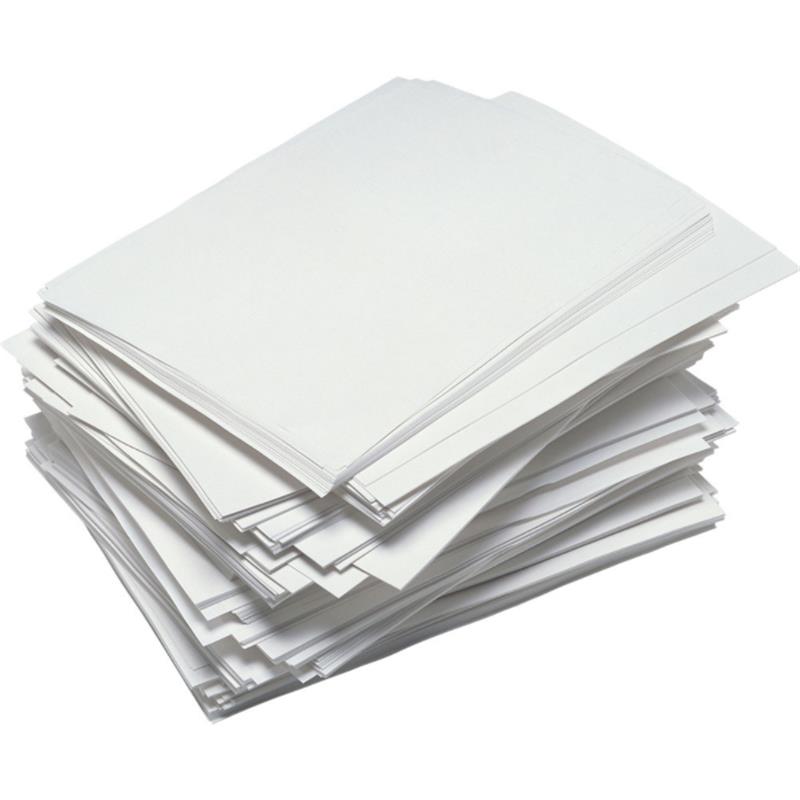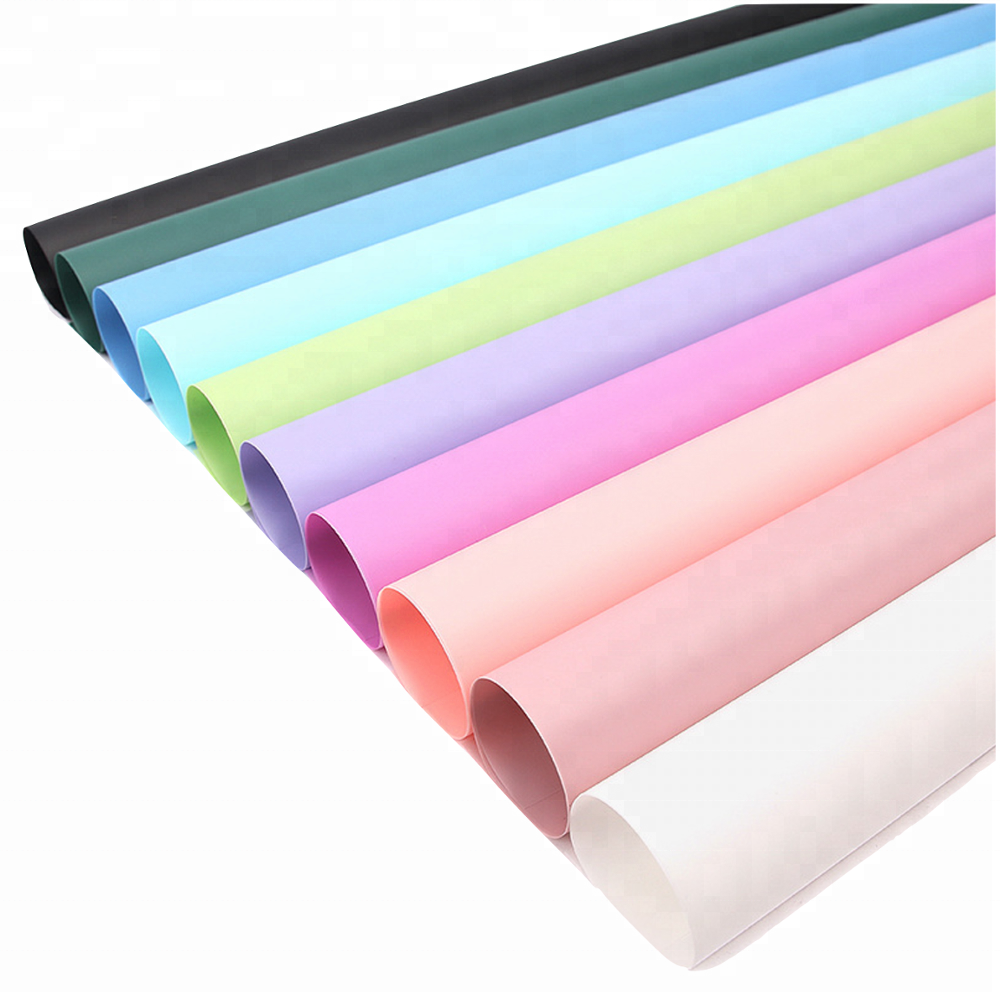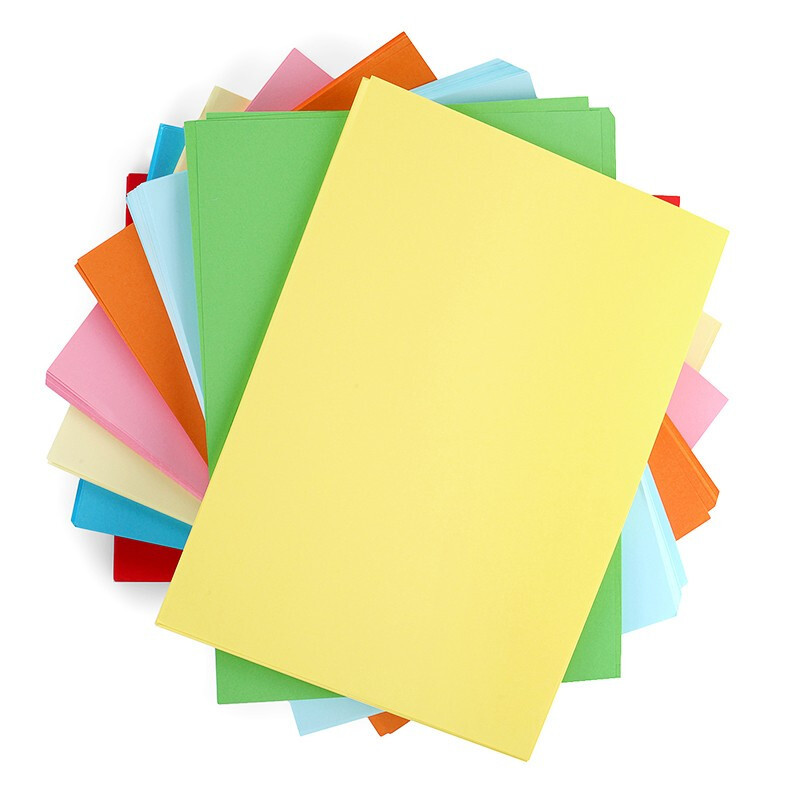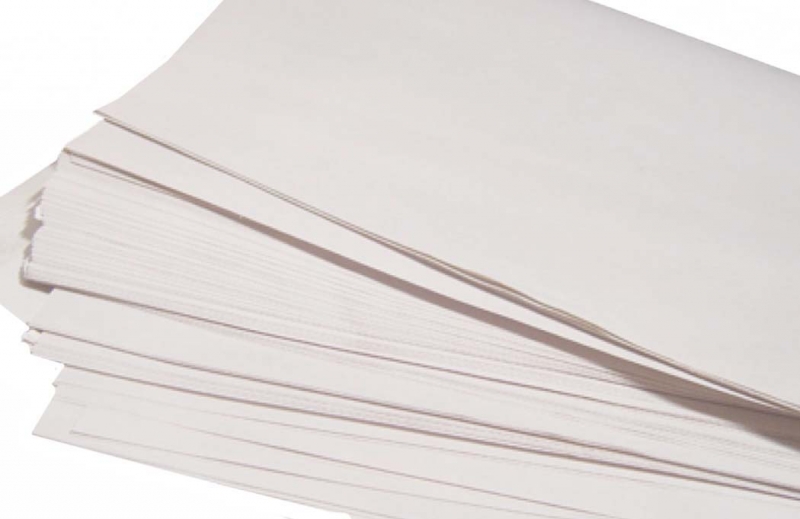Printer paper size a4 is an essential component of any office or home printing setup, and selecting the right paper size is crucial for achieving optimal printing results. Among the various paper sizes available, A4 is one of the most commonly used sizes worldwide, known for its versatility and compatibility with a wide range of printers. In this guide, we will explore the factors to consider when choosing A4 printer paper and provide tips for selecting the best paper for your printing needs.
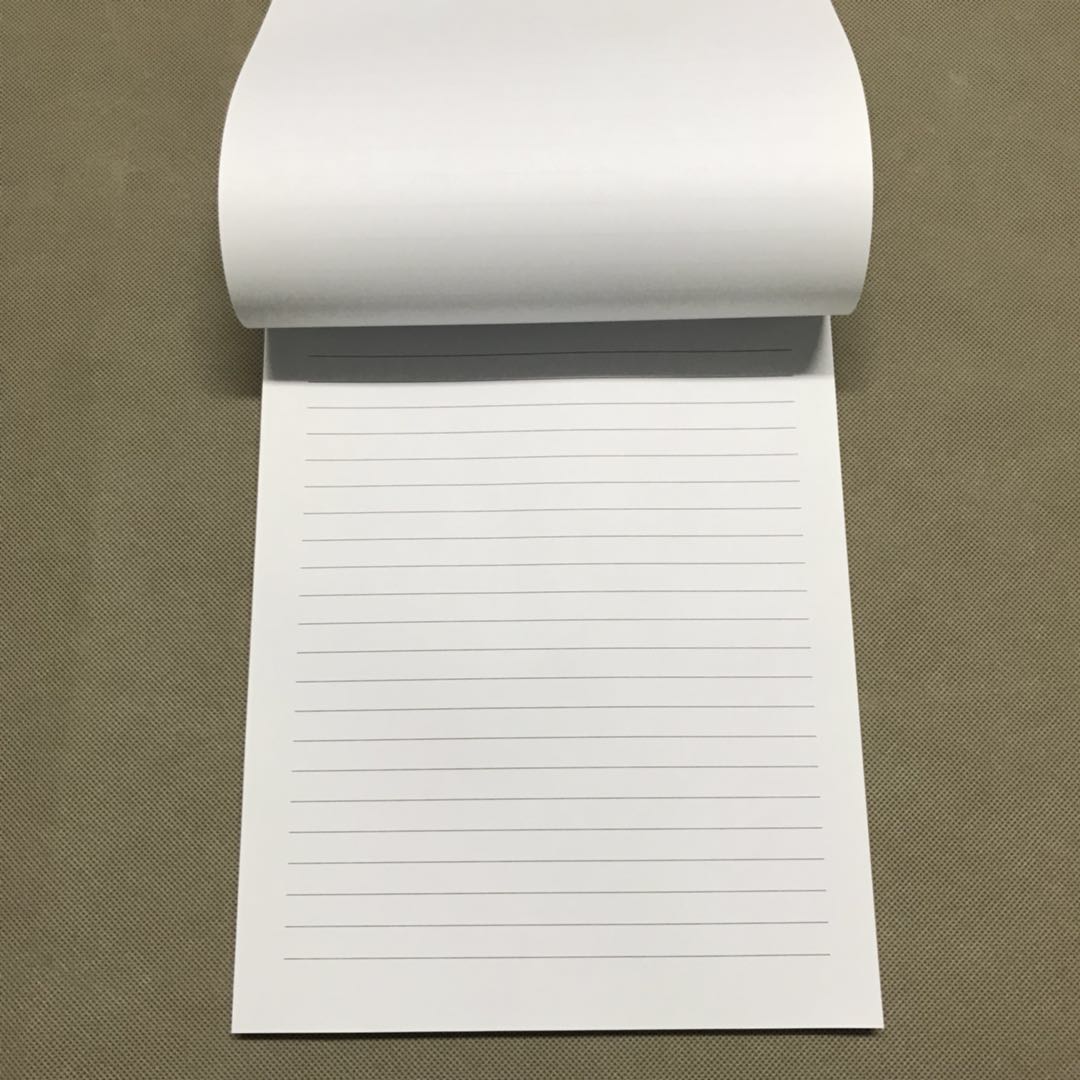
1. Understanding A4 Paper Size:
A4 paper measures 210 × 297 millimeters or 8.27 × 11.69 inches, making it slightly longer and narrower than the standard Letter size paper used in the United States. This size is widely adopted in most countries outside of North America and is the standard paper size for documents, letters, and printing in many industries.
2. Paper Weight and Thickness:
One of the most important factors to consider when choosing A4 printer paper is its weight and thickness. Paper weight is measured in grams per square meter (gsm), with higher gsm indicating thicker and more durable paper. Standard printer paper weight typically ranges from 60 gsm to 120 gsm, with 80 gsm being the most common weight for everyday printing tasks. However, for special projects such as presentations or brochures, you may opt for heavier paper with a weight of 100 gsm or higher to achieve a more professional look and feel.
3. Paper Brightness and Whiteness:
Paper brightness refers to the amount of light reflected by the paper surface, with higher brightness levels producing crisper and more vibrant prints. A4 printer paper is available in various brightness levels, typically ranging from 90 to 100 or higher. Opt for paper with a brightness level of at least 90 for high-quality printing results, especially for text documents and images with vivid colors. Additionally, consider the whiteness of the paper, which can affect the overall appearance of your prints. Choose paper with a bright white color for sharp, clear prints that stand out.
4. Paper Finish:
A4 printer paper comes in different finishes, each offering unique characteristics and advantages. The most common finishes include matte, glossy, and satin. Matte finish paper has a non-reflective surface, making it ideal for printing text documents and images without glare or reflections. Glossy finish paper, on the other hand, has a shiny surface that enhances color vibrancy and contrast, making it suitable for printing photos and graphics. Satin finish paper offers a compromise between matte and glossy finishes, providing a smooth and semi-reflective surface that is suitable for a wide range of printing applications.

5. Paper Opacity and Durability:
Opacity refers to the paper’s ability to prevent show-through or transparency when printed on both sides. Choose A4 printer paper with high opacity to ensure that your prints look crisp and professional, even when printed on both sides of the paper. Additionally, consider the paper’s durability and resistance to tearing and jamming, especially if you frequently print large volumes or use high-speed printers. Look for paper that is specifically designed for laser or inkjet printers, depending on your printer type, to ensure optimal performance and longevity.
6. Environmental Considerations:
When selecting A4 printer paper, consider the environmental impact of your choice. Look for paper that is certified by recognized eco-labels such as the Forest Stewardship Council (FSC) or the Programme for the Endorsement of Forest Certification (PEFC), indicating that the printer paper thickness is sourced from responsibly managed forests. Additionally, choose paper that is chlorine-free and made from recycled or sustainable materials to minimize your carbon footprint and support environmentally friendly practices.
Advantages of printer paper size a4
In the realm of printing, paper size plays a pivotal role in determining the efficiency, compatibility, and overall quality of printed materials. Among the various paper sizes available, A4 stands out as one of the most widely used and versatile options.
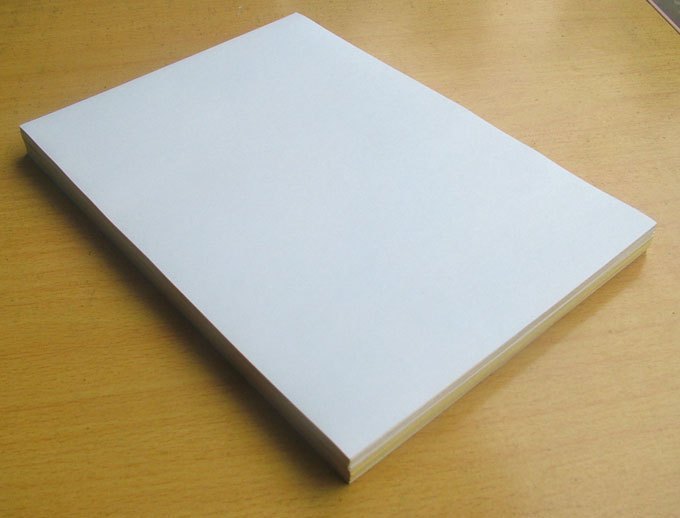
1. Global Standardization:
The A4 paper size, with dimensions of 210 × 297 millimeters or 8.27 × 11.69 inches, boasts a universal appeal and standardization across numerous countries worldwide. Unlike regional variations such as Letter size paper predominant in the United States, A4 serves as the international standard for printing and document formatting in diverse sectors, including business, academia, and government agencies. This global standardization facilitates seamless communication, document exchange, and compatibility across borders, transcending linguistic and cultural barriers.
2. Compatibility with Printing Equipment:
A key advantage of A4 printer paper size lies in its compatibility with a wide array of printing equipment, ranging from home inkjet printers to commercial laser printers and multifunctional devices. The standardized dimensions of A4 paper ensure optimal fit and performance within printer trays, minimizing the risk of paper jams, misalignment, or compatibility issues. This compatibility extends to various printing technologies, including inkjet, laser, and digital printing, enabling users to achieve consistent and high-quality prints regardless of the printing method employed.
3. Versatility in Application:
A4 printer paper size offers unparalleled versatility in application, catering to an extensive range of printing needs and requirements. Whether used for printing documents, reports, presentations, or promotional materials, A4 paper accommodates diverse content formats, layouts, and design elements with ease. Its moderate dimensions strike a balance between compactness and readability, making it suitable for both textual content and graphical imagery. From business correspondence to academic publications and creative projects, A4 paper serves as a versatile canvas for expression and communication.

4. Economical and Efficient Usage:
The efficient utilization of resources is another notable advantage of A4 printer paper size. With its standardized dimensions optimized for printing efficiency, A4 paper minimizes waste and maximizes paper utilization during the printing process. By leveraging the full printable area of each sheet, users can achieve cost-effective printing solutions while minimizing environmental impact. Furthermore, the widespread availability and affordability of A4 paper make it a cost-effective choice for both personal and professional printing needs, contributing to long-term savings and sustainability.
5. Enhanced Document Presentation:
A4 paper size lends itself to enhanced document presentation and readability, fostering professional aesthetics and visual appeal. The balanced proportions of A4 paper facilitate optimal text layout, paragraph formatting, and image placement, resulting in documents that are visually engaging and easy to navigate.
Conclusion:
Choosing the right A4 printer paper is essential for achieving high-quality prints and maximizing the performance of your printer. By considering factors such as paper weight, brightness, finish, opacity, and environmental sustainability, you can select the best paper to suit your printing needs and preferences. Whether you’re printing documents for work, photos for personal projects, or marketing materials for your business, investing in quality A4 printer paper will ensure that your prints look professional and impressive every time. So take the time to explore your options, compare different paper brands and specifications, and make an informed decision that meets your requirements for quality, performance, and sustainability.
